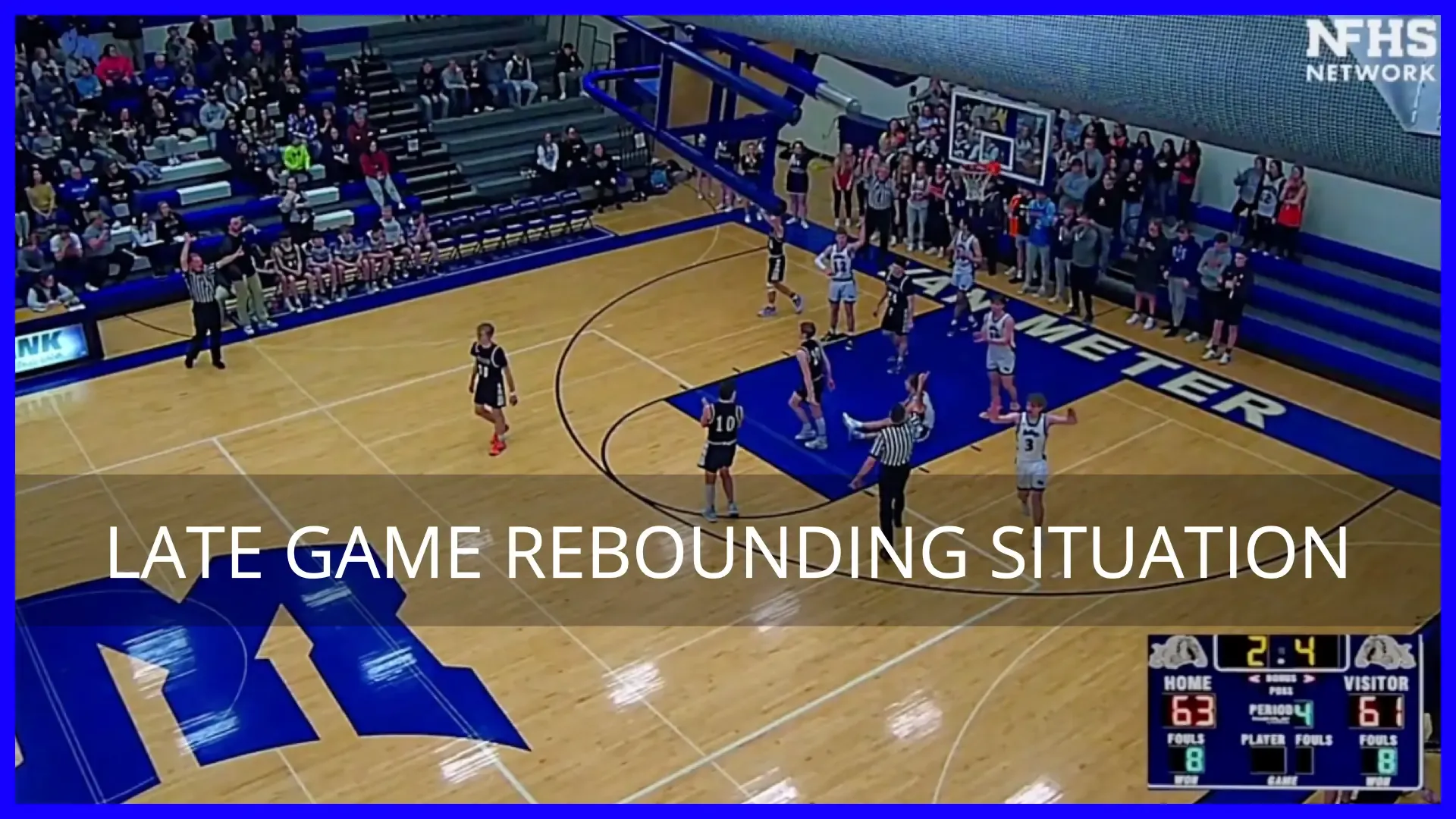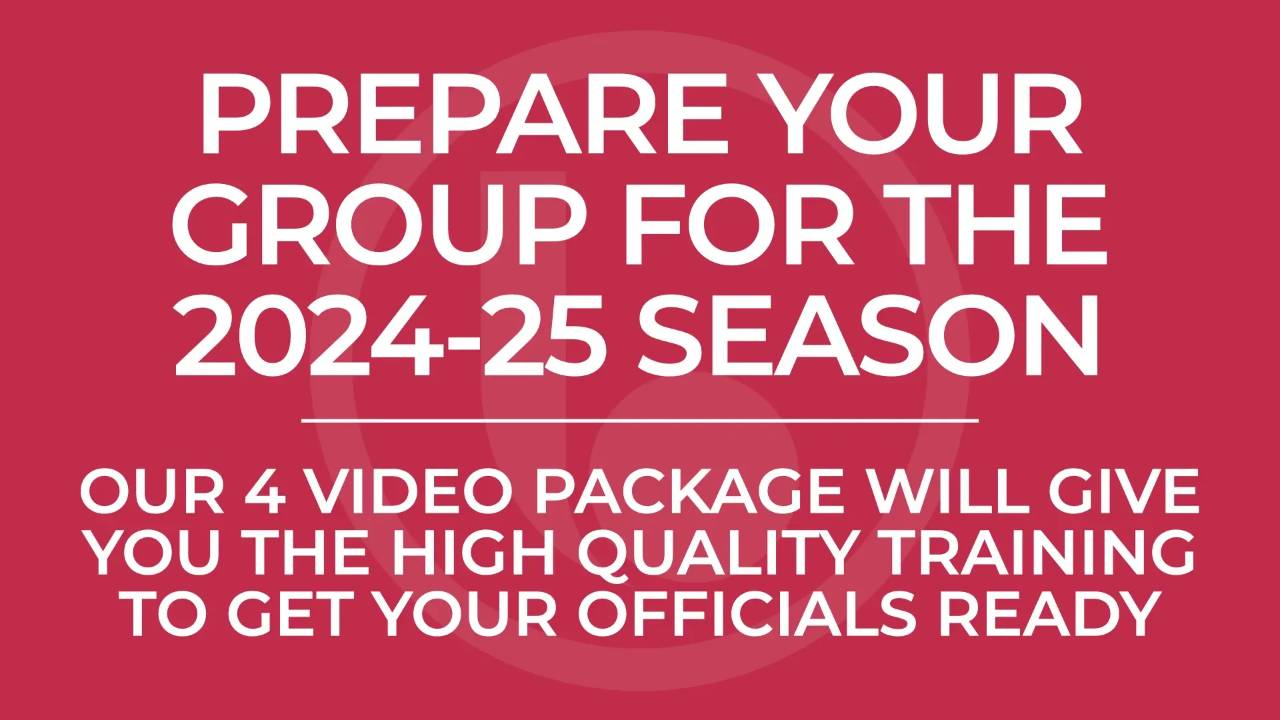End of Game Free Throw Violation

In this end-of-game scenario, with only 2.4 seconds remaining, a player attempted to intentionally miss a free throw but failed to hit the rim, resulting in a violation. By rule, the ball must hit the rim on a free throw attempt, especially when players try to miss intentionally. The officiating crew correctly called the violation, avoiding further confusion in a critical moment.
Managing end-of-game scenarios requires constant awareness of the clock, potential violations, and communication with the timekeeper. Officials must ensure that all procedures, such as starting the clock correctly and watching for early lane violations, are handled smoothly in such high-pressure moments. This situation illustrates the importance of preparation and focus when games are on the line.
Actionable Tips for Basketball Officials:
- Communicate with Timekeepers: Ensure the clock starts at the correct moment.
- Watch for Violations: Be vigilant for free throw violations, especially under pressure.
- Stay Focused in Key Moments: Maintain composure in high-stakes situations to ensure the correct call.
Video Transcript:
In this end-of-game scenario, one of our points of emphasis is doing all the things correctly. This play is like a Tinderbox — so many things could go wrong. First off, we’ve got players at the three-point arc, their energy at the starting line like they're ready to rush in at the first chance.
We have players leaving before the ball, and we have a negative step, but the player is attempting to contact the ring. They're down by two points, with one free throw remaining and 2.4 seconds left. In this situation, we need to be aware of all the factors at play. We know that by rule, the player has to contact the ring with the free throw attempt.
This is a situation where, if the player doesn’t contact the ring, our timer needs to know exactly when to start the clock — only when the ball is legally touched. The crew does a great job here of not starting the clock improperly.
But before the play, are we communicating with our timer? Are we making sure they know their responsibilities? Are we discussing the strategy with our officiating crew?
On this play, there are players on the three-point arc, ready to rush in as soon as the ball is released. Have we addressed that situation? Have we cleaned things up during the game or before the free throw to avoid a violation?
The crew handles this very well. The center official is in great position, and they make the correct ruling emphatically, designating the spot. The trail official grants a timeout correctly in the situation.
So, even though this situation is full of variables — what if the ball misses the rim, what if the clock starts incorrectly — we see great awareness from the officiating crew. And in the end, the player violates by not contacting the ring. These types of plays make me very nervous personally because there are so many things that can go wrong.
At this point, my advice is to communicate clearly with your timer. Major league players, for instance, always talk through scenarios: two outs, one out, etc. In our case, we should talk to the timer, ensure they’re focused, and make sure that if the shot misses, we won’t start the clock improperly. If it’s successful, we don’t start until the ball is legally inbounded.
We also need to address the players on the three-point line so they don’t become a factor on the play. Overall, this is a great play scenario for reviewing how to manage end-of-game situations.
Stay connected with news and updates!
Join our mailing list to receive the latest news and updates from our team.
Don't worry, your information will not be shared.
We hate SPAM. We will never sell your information, for any reason.



